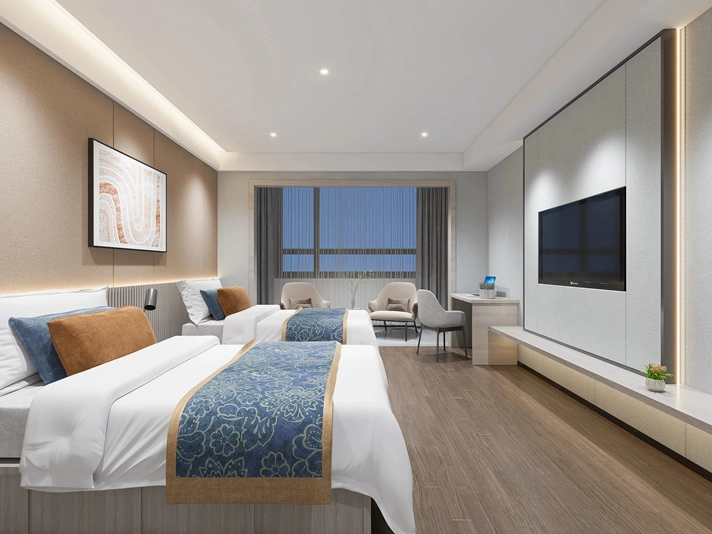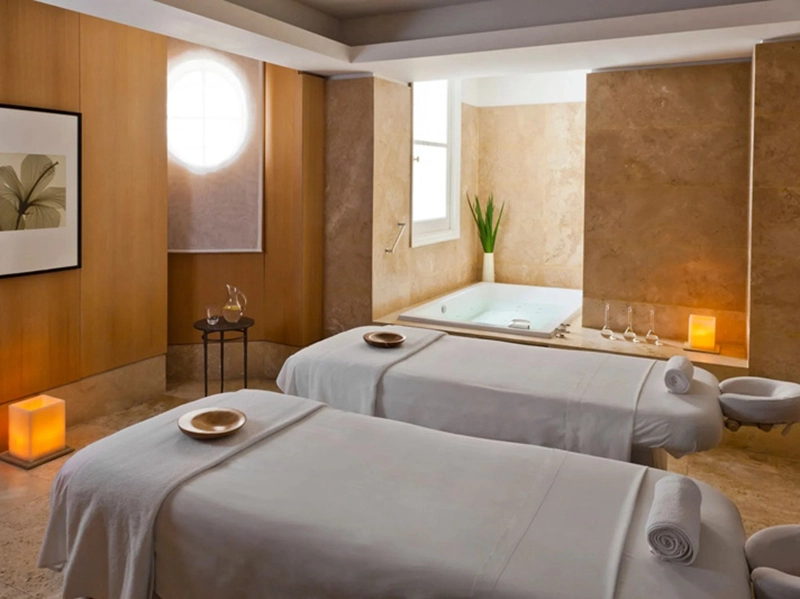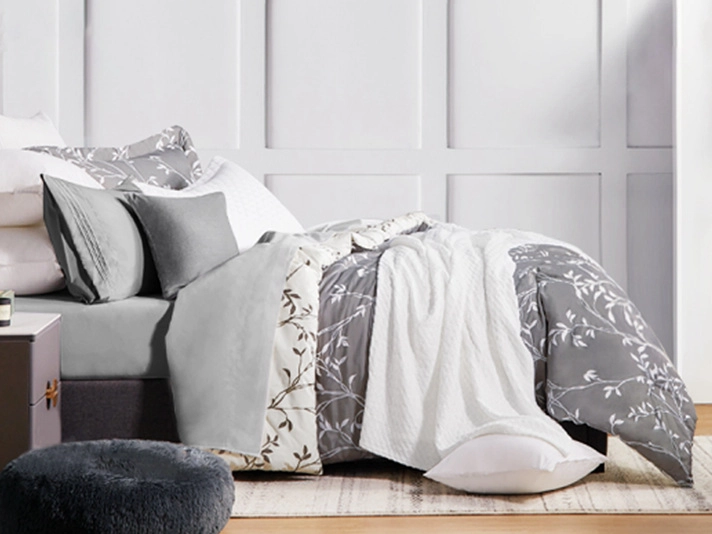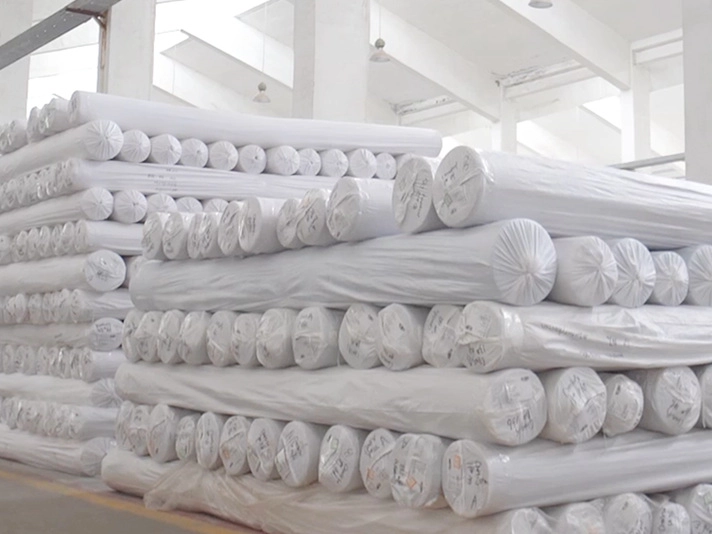Towel Fabric Types Guide: Absorbent, Soft & Quick-Dry
Towel Fabric Types is a key solution in the manufacturing industry, specifically within textile industry and Manufacturing of household textile products. This article explores how Shijiazhuang Longshow Home Textiles Co., Ltd. supports professionals with durable, high-performance products, and explains why this product is an ideal choice for businesses in these sectors.

Table of Contents
- Towel Fabric Types Overview
- Benefits & Use Cases of Towel Fabric Types in Manufacturing of household textile products
- Cost, Maintenance & User Experience
- Sustainability & Market Trends in manufacturing
- Conclusion on Towel Fabric Types from Shijiazhuang Longshow Home Textiles Co., Ltd.
Towel Fabric Types Overview
Across hospitality, healthcare, and retail programs, the right Towel Fabric Types determine absorbency, hand feel, drying time, and lifecycle costs. Common towel varieties include classic terry (loop pile), velour/velvet cut pile, waffle (honeycomb), jacquard terry, microfiber, and blended fibers such as cotton-modal or cotton-bamboo viscose. In practical terms, types of bath towel material are defined by fiber, yarn, construction, and finishing. Typical specs for professional-grade programs range 350–800 GSM, pile height 3–6 mm, ring-spun or combed cotton yarns (Ne 16s–32s), with options such as low/zero-twist for plushness or tighter twist for lint control and durability.
- Relevance: Selecting the right towel type fabric impacts laundry energy use, rewash rates, and guest satisfaction—key metrics for B2B operators.
- Technical background: Air-jet/rapier weaving and knitting for terry; reactive or vat dyeing for colorfastness; pre-shrinking and shearing for dimensional stability and uniform surface. Performance targets often include low shrinkage, strong tensile/tear strength, and colorfastness to washing and chlorine.
- Manufacturer reference: Shijiazhuang Longshow Home Textiles Co., Ltd. supplies OEM/ODM towels and bathrobes with controlled GSM, yarn, and finishing profiles—built for high-traffic hospitality cycles.
Benefits & Use Cases of Towel Fabric Types in Manufacturing of household textile products
From hotels to wellness chains, the types of bath towel you specify should align with brand positioning and laundry methods. Velour/velvet cut pile—like the finish used on premium bathrobes—delivers a luxurious face for embroidery and branding, while retaining terry loops on the back for absorbency. Classic ring-spun terry excels for room and pool towels due to balanced bulk, absorbency, and durability. Waffle weaves reduce drying time and are ideal for spas and gyms where turnover is high. Microfiber options provide fast drying and lightweight handling for housekeeping efficiency. These towel varieties allow procurement teams to tailor SKUs for rooms, spa, pool, and back-of-house requirements without overcomplicating inventory.
- Applications: Guestroom towels (500–650 GSM terry), pool/beach (higher GSM or yarn-dyed jacquard for color coding), spa/fitness (waffle or microfiber), and premium suites (velour/velvet bathrobes and face towels).
- Competitive advantages: Optimized absorbency-to-weight ratios, reduced lint, consistent shrinkage control, and colorfastness for repeated commercial laundering.
- Expertise: Shijiazhuang Longshow Home Textiles Co., Ltd. advises on yarn type, GSM, and finishing to match your laundry chemistry and equipment—minimizing rewash, maximizing service life.
Cost, Maintenance & User Experience
Total cost of ownership for Towel Fabric Types is driven by GSM, fiber blend, yarn quality, dyeing method, and finishing—plus logistics and MOQ. While premium combed or low-twist cotton may cost more upfront, extending service life and preserving whiteness/softness across more wash cycles can significantly improve ROI. In operations, standardized sizes and construction (double-needle hems, reinforced selvedges) reduce fraying and replacement rates. User experience matters: hand feel, loft recovery after drying, and quick-dry performance influence guest satisfaction and brand reviews, especially for types of bath towel material used in premium properties.
- Durability & ROI: Specifying stronger yarns and balanced pile density often yields more cycles per towel, reducing lifetime cost. Color-coded dobby or jacquard can cut sorting time and losses.
- Maintenance guidance: Use appropriate alkalinity, avoid overuse of fabric softeners (which can reduce absorbency), and monitor drying temperatures to protect pile. Many operators report fewer lint issues and better hand feel when using ring-spun constructions with controlled twist.
Sustainability & Market Trends in manufacturing
Sustainability is reshaping procurement for towel type fabric across the hospitality and home textiles sectors. Brands are moving toward responsibly sourced cotton, recycled-content microfiber, low-liquor-ratio dyeing, and chemistries aligned with leading MRSL frameworks. Designing lighter-weight SKUs for certain use-cases (e.g., waffle) can reduce energy and drying time, while durable constructions reduce replacement frequency—both cutting carbon and cost. Traceability, chemical compliance, and packaging reduction are becoming standard RFP line items. Within this context, Towel Fabric Types that balance performance with lower resource intensity will lead category growth.
- Regulatory and buyer expectations: Emphasis on restricted substance compliance, colorfastness in commercial laundering, and lifecycle metrics.
- Forward-thinking approach: Shijiazhuang Longshow Home Textiles Co., Ltd. supports material choices and finishing routes that help customers meet sustainability goals—offering options such as responsibly sourced cotton, AZO-free dyes, and packaging optimization on request.
Conclusion on Towel Fabric Types from Shijiazhuang Longshow Home Textiles Co., Ltd.
Selecting the right Towel Fabric Types—across terry, velour/velvet, waffle, jacquard, and microfiber—directly impacts performance, cost, and guest experience in the Manufacturing of household textile products. With engineering-led guidance on yarn, GSM, and finishing, Shijiazhuang Longshow Home Textiles Co., Ltd. helps B2B buyers balance absorbency, durability, and brand feel. For specifications, sampling, and OEM/ODM support: Contact us: email: selena@longshowtextile.com; liwei@longshowtextile.com - Visit our website: https://www.longshowtextile.com
-
Garment Washed Sheets Color Retention Prevents Fading After WashesNewsNov.14, 2025
-
Charcoal Bamboo Sheets Moisture-Wicking Property Enhances Sleep ComfortNewsNov.12, 2025
-
High Quality Satin Sheets Soft Touch Improves Hotel Guest ExperienceNewsNov.12, 2025
-
Poly Cotton Sheets Breathable Weave Reduces Skin Irritation For PatientsNewsNov.12, 2025
-
Microfiber Sheet Stain Resistant Feature Eases Hotel HousekeepingNewsNov.12, 2025
-
Polyester Cotton Bedding Durable Fabric Withstands Frequent Hotel WashesNewsNov.12, 2025
-
Microfiber Pillow Filling Even Distribution Prevents LumpingNewsNov.03, 2025






